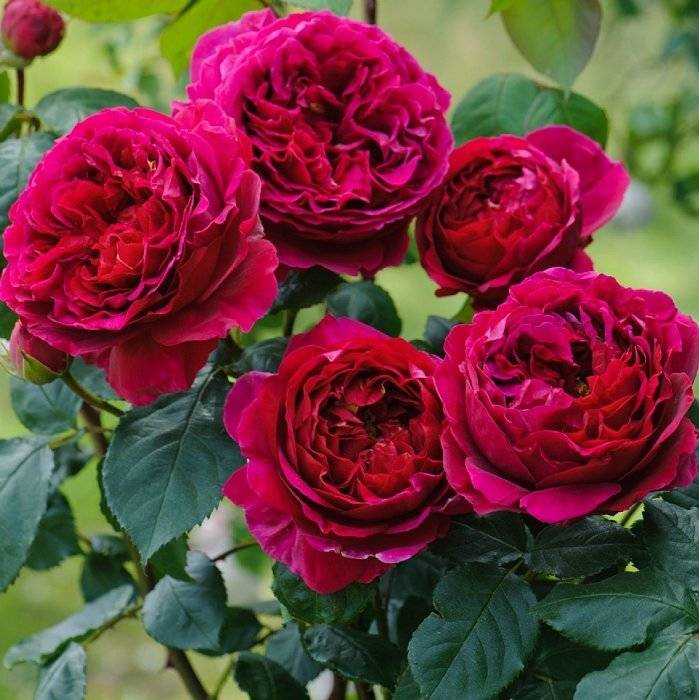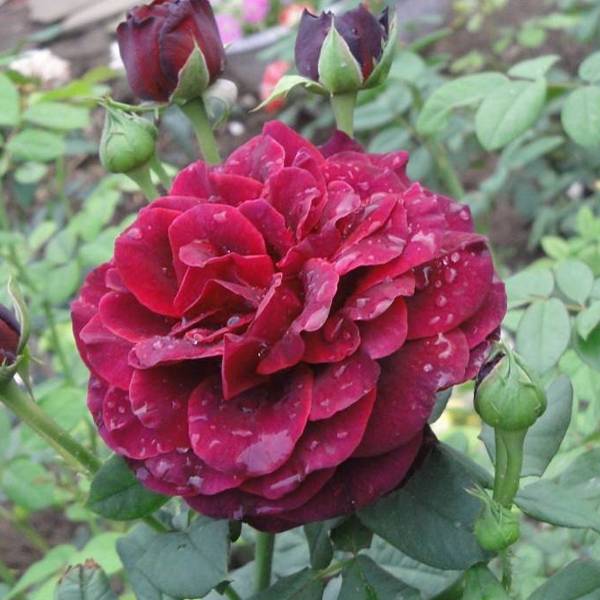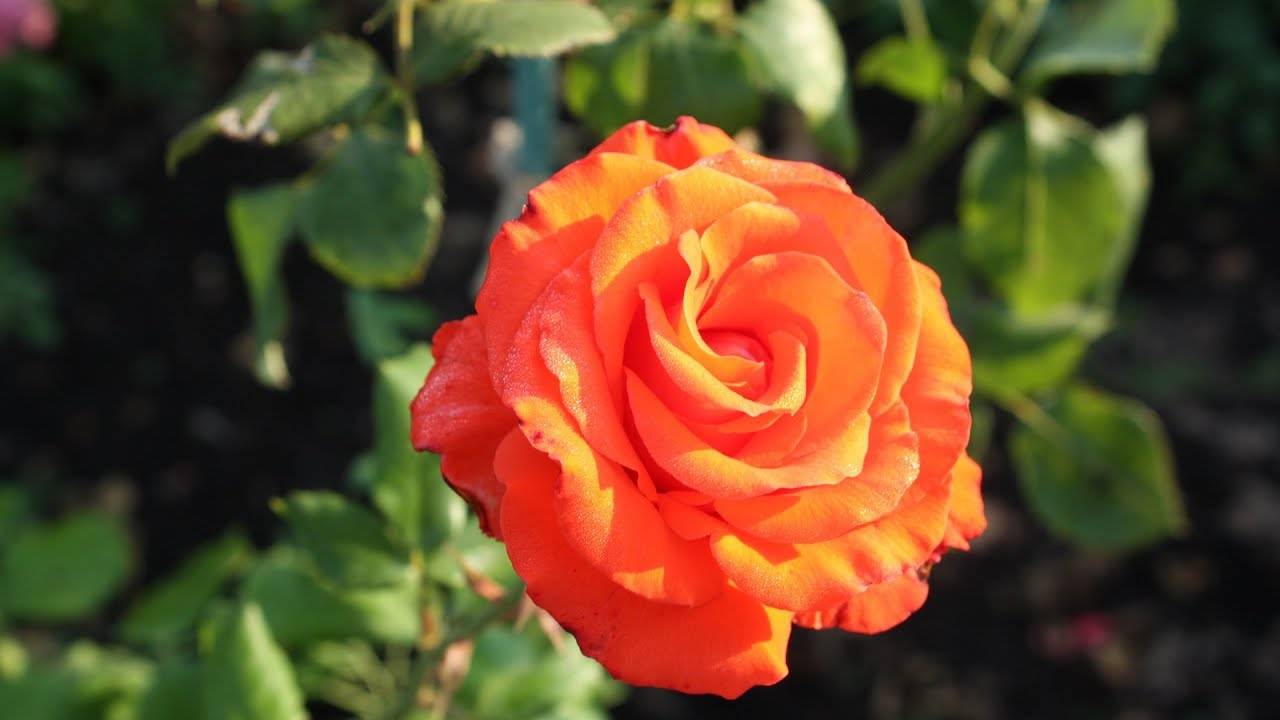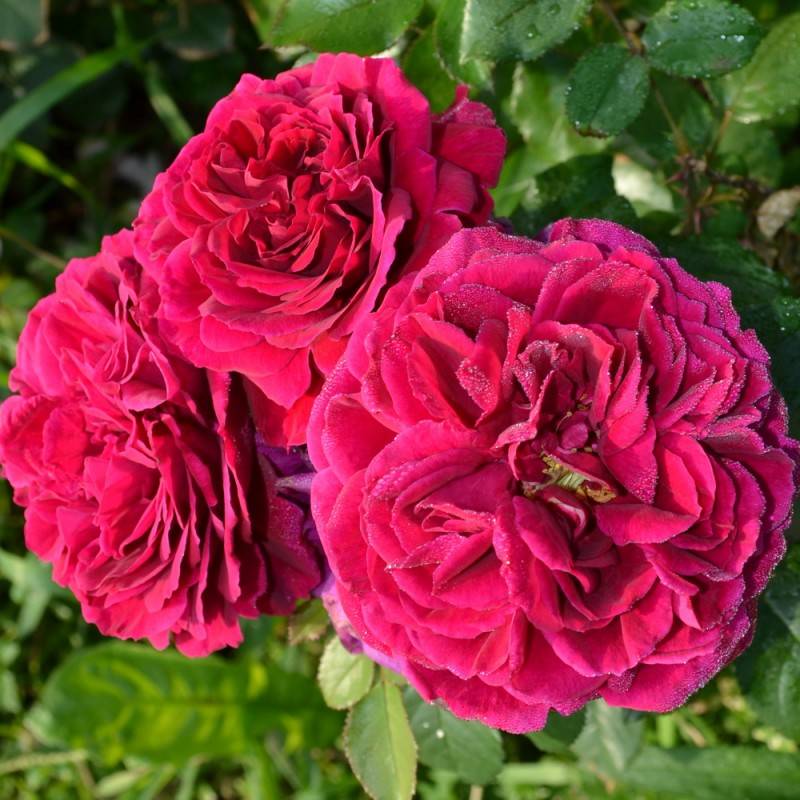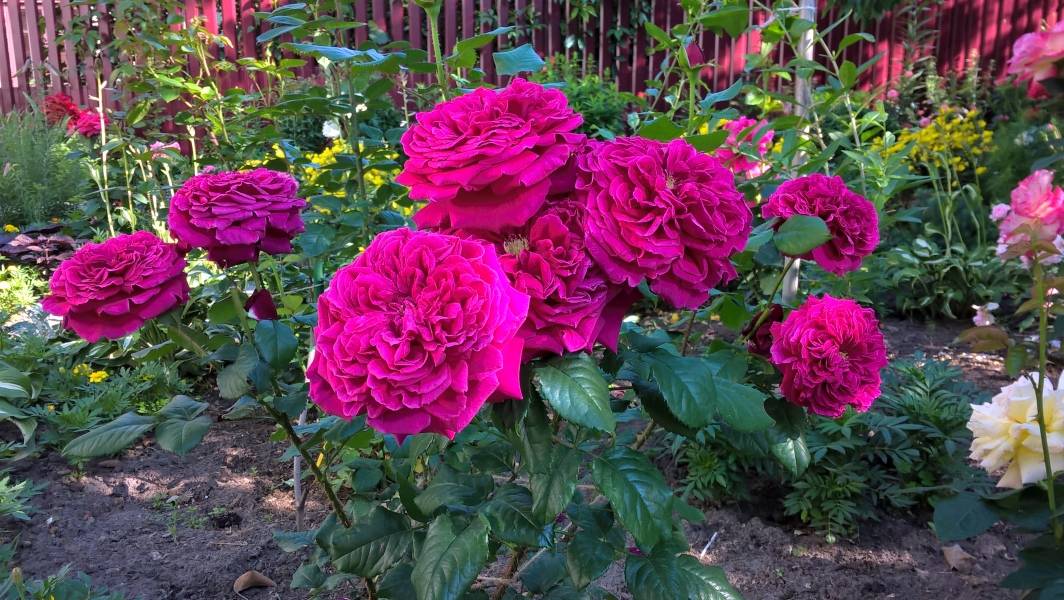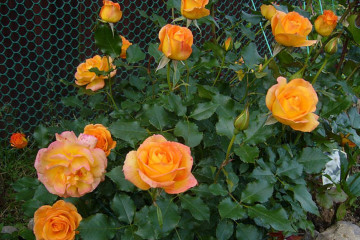Rose Fisherman Friend (Fisherman's Friend) - characteristics of the variety
The variety of rose bushes palette is amazing, breeders create charming shades of buds. The bright red ruby flowers are a noble classic, the Fisherman Friend rose proves the truth of this statement. Located on a high stem, its large buds resemble peonies in splendor. This variety is actively used in landscape design as independent bushes, and sometimes in combination with other plants.
Description of the variety
Among the shrub varieties, the Fisherman s Friend rose is known for its tart rose oil scent and vibrant buds. D. Austin, the creator of this species years later, was critical of his creation. He was not satisfied with two factors - very thorny stems and poor disease resistance. However, flower growers liked the beauty of the buds so much that Fishermans Friend is planted today.
The buds of the variety are cupped, large specimens reach 15 cm in diameter. The deep red color and similarity to peonies make this variety a great decoration against the backdrop of a green lawn. The petals are densely arranged, the rose bush looks luxurious even when planted singly.
Fishermans are planted along paths or hedges. The height of the bushes reaches 120 cm, they look good as separate bushes against the background of lush greenery. Care must be taken to combine them with other bright colors, as varieties of roses that look like peonies will overshadow their beauty.
Growing and planting
Rosa Fisherman's Friend in the matter of planting does not differ from other varieties. The only peculiarity is that the seedlings are delivered in individual packages, i.e. the roots are closed and will remain intact until planting. This removes the question of flower reproduction, it is easier to acquire a healthy seedling. Before planting, you need to choose the right place, taking into account the needs of this flower:
- south side, no drafts and clay soil. A lighted, but not in the sun, side with a light breeze is best. Seedlings should be located at a distance of 1-1.5 m from each other. A rare row will not work, since the bushes will grow great;
- It is strongly discouraged to plant roses in a lowland where there is a high level of groundwater. A deep shadow is also undesirable, only in the afternoon and in a mild form.
The Fishermans variety is susceptible to disease, therefore, these roses should not be planted in the place of old bushes, as pathogens could remain in the soil. It is better to cook the earth in the fall: dig it to a great depth and mix with sand if there is a lot of clay.
When planting seedlings, you need to adhere to certain rules:
- the root hole should not have a depth of 60 cm, but rather more;
- the soil should be pre-fertilized with mineral fertilizing;
- before planting, the seedling must be checked for damaged shoots, removed;
- the roots must be freely placed in the hole, filling the space between them with soil;
- the neck of the rhizome is deepened by 10-15 cm, so that later the growth does not grow;
- after planting, you need to water the seedling with a weak solution of potassium permanganate.
The best time to land is early May, when the ground is warm enough. But if the cold weather does not recede, you can wait until May 15-20.
Care
In the first year, roses rarely bloom, all the strength of the bush goes to strengthening in the soil. If a lonely bud appears, it is better to pick it off, since flowering at this time will not benefit the plant.
This English variety, like many others, requires special attention to the condition of the leaves. On the reverse side, you can find pests or signs of disease. Therefore, they need to be regularly inspected and pruned. In addition to the autumn procedure, intermediate procedures are also needed, especially after rains or extreme heat.
In the spring, the rose needs fertilizing with a high nitrogen content, and after flowering, phosphorus and potassium. After winter, organic fertilizers, manure and humus are needed for recovery.
These flowers love water, they need to be watered 1-2 times a week, depending on the humidity of the air and soil. Do not allow the soil to dry out or overflow. In this regard, mulching will benefit the rose bush.
Despite its resistance to frost, this rose must be prepared for winter. In warm and temperate climates, it is enough to sprinkle with earth from row spacings and sprinkle with sawdust. In cold regions, you need to build a frame and stretch polyethylene over it. The bush itself should be covered with spruce branches to keep warm, but not to let the plant rot.
Blooming rose
Fisherman blooms from July to October, replacing 2-3 waves. The beginning of the emergence of buds later than other varieties. Depending on the intensity of the sun's rays, they can take on a different shade: from bright red to copper. The cups of the buds also do not open immediately, but in rainy weather they can wither at all.
The gardener is required to inspect the bush, remove damaged buds and leaves. It is necessary to loosen the soil, pull out weeds and water it wisely.
The second bloom is not so abundant, but with proper care, the bush looks magnificent and beautiful.
In the early years, the bush may remain low, which does not affect flowering in any way. The cap of the buds of a beautiful wine shade pleases with its appearance and aroma until autumn. When fully expanded, a yellow center is visible, emphasizing the brightness of the buds. Another advantage is that the flowers do not crumble for a long time and are not afraid of short-term rains.
Diseases and pests
The main enemy of the Fisherman Friend rose is fungal infections that affect the plant in wet weather. Their presence is easily detected by a whitish powdery bloom on the leaves. The fungus is especially dangerous for young seedlings, they cannot cope with the disease and die. Therefore, regular inspection of the bush is so important.
At the first symptoms, treatment should be started. First of all, cut off the affected shoots and burn them. Treat the plant with soap-copper emulsion or ferrous sulfate solution (3%).
From black spot - a disease of all varieties of roses - the same soap solution or a decoction of nettle will save you. You can also try a solution of foundationol (0.1%) or Bordeaux liquid (1%). Damaged leaves will need to be removed and the watering schedule revised.Be sure to remove the leaves before winter. During the winter, they can begin to rot, and black spot will appear.
Fisherman roses will be a wonderful decoration for a strictly decorated area. They endure winter staunchly and delight with abundant flowering even in the heat. Their disadvantages are a lot of thorny thorns and susceptibility to diseases, which can be easily solved by care and proper planting.
